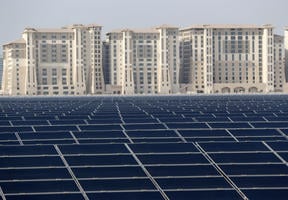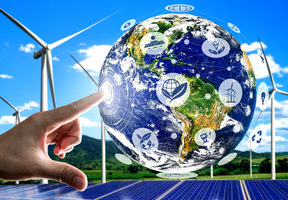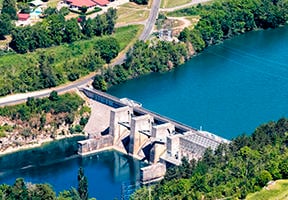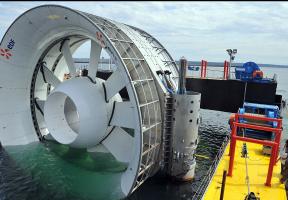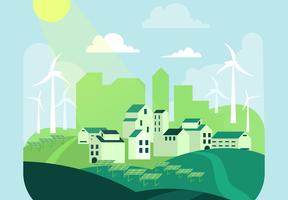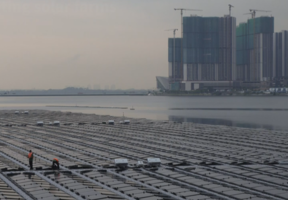Energy: Europe Depends on the Rest of the World
Published on 04.21.202210 min read
A country’s energy dependency rate is the proportion of energy it imports divided by its total consumption. Expressed as a percentage, it reflects how much an economy depends on other countries to meet its energy needs. If the dependency rate decreases, then the country is said to be making the transition toward “energy sovereignty”. Using two tables, Planète Énergies explains the position of the European Union.
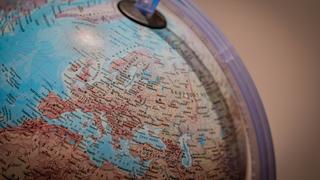
© Unsplash Nejc Soklič
Europe imports almost 60% of its energy
Almost 60% of the consumed by the European Union has to be imported from outside the EU. Sources include oil, gas and .
Energy dependence has tended to increase since the 2000s and is particularly pronounced in the natural gas sector, owing in particular to the gradual dwindling of volumes in the North Sea gas fields. Gas is now one of the most frequently used energy sources, especially to replace coal, which causes greater pollution and higher CO2 emissions.
This table shows the EU (27 countries) energy dependency rate, and more specifically, the values related to natural gas.
|
In % |
2000 | 2005 | 2010 | 2015 | 2019 | 2020 |
|---|---|---|---|---|---|---|
| Dependency rate (all energies) | 56.3 | 57.8 | 55.7 | 56 | 60.7 | 57.5 |
| Dependency rate on natural gas | 65.7 | 69 | 67.8 | 74.5 | 89.7 | 83.6 |
Comments on the table:
- The decreases observed in 2010 and 2020 are somewhat misleading - they correspond to the effects of a lower economic growth rate (the financial crisis of 2008 and the Covid-19 pandemic in 2020), rather than a trend being reversed.
- The gas dependency rate is higher and increasing much faster (from 66% in 2000 to 90% in 2019).
Russia - a specific case
Among the countries that supply energy to the EU, Russia plays a crucial role in primary energy imports: 49% coal, 38% natural gas and 25% oil. Other gas suppliers, albeit at a much lower level, are Norway, Algeria and Qatar.
Russia’s invasion of Ukraine in February 2022 created a major geostrategic crisis that led Europe to take drastic economic sanctions against Russia. A difficult situation in view of the high energy dependence.
The European Commission has set itself the objective of promoting independence from all Russian fossil fuels “well before 2030”. This will mean importing greater quantities of , whereas a large grid of permanent gas pipelines has been installed with Russia over the last few decades.
Highly variable energy dependency
The energy dependency rate varies to a greater or lesser extent, depending on each country’s own resources and the choices made as to their . Here is the table for five countries (Germany, France, Italy, Poland, Sweden) in 2020:
|
In % |
Global energy dependency in 2020 |
As regards Russian gas (2020 estimates) |
|---|---|---|
| Italy | 77.5 | 43 |
| Germany | 67.6 | 66 |
| France | 47.6 | 16 |
| Poland | 46.8 | 54 |
| Sweden | 30.2 | 13 |
Comments on the table:
- France lessens its dependence thanks to nuclear , Poland draws on its national coal production and Sweden, on its nuclear and hydraulic capacities.
- Germany, which has a very powerful industry, has relied heavily on Russian gas - available in large quantities at low cost - while developing renewable energies. In March-April 2022, it reduced its dependence on Russian gas by 40% in just a few weeks.






